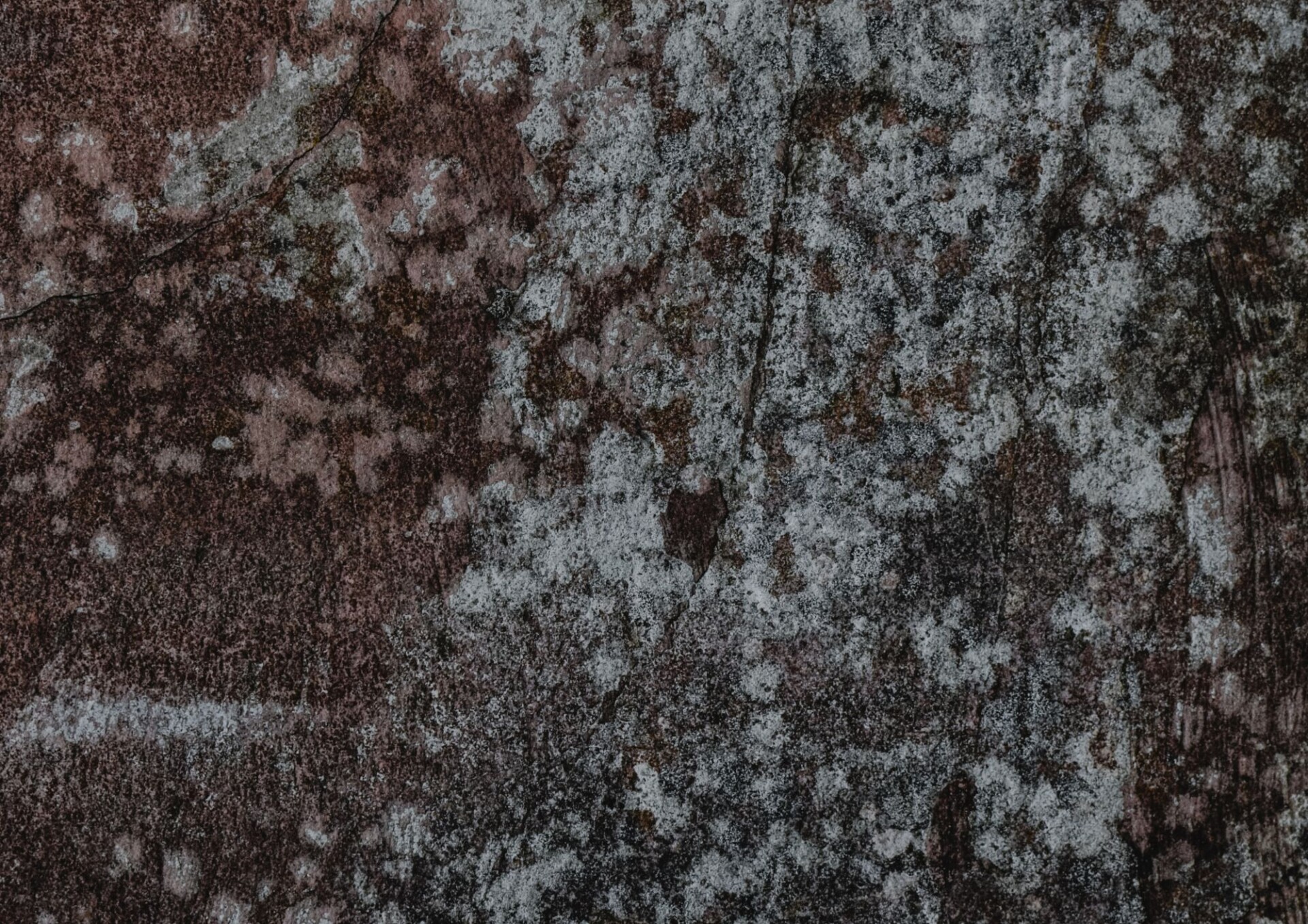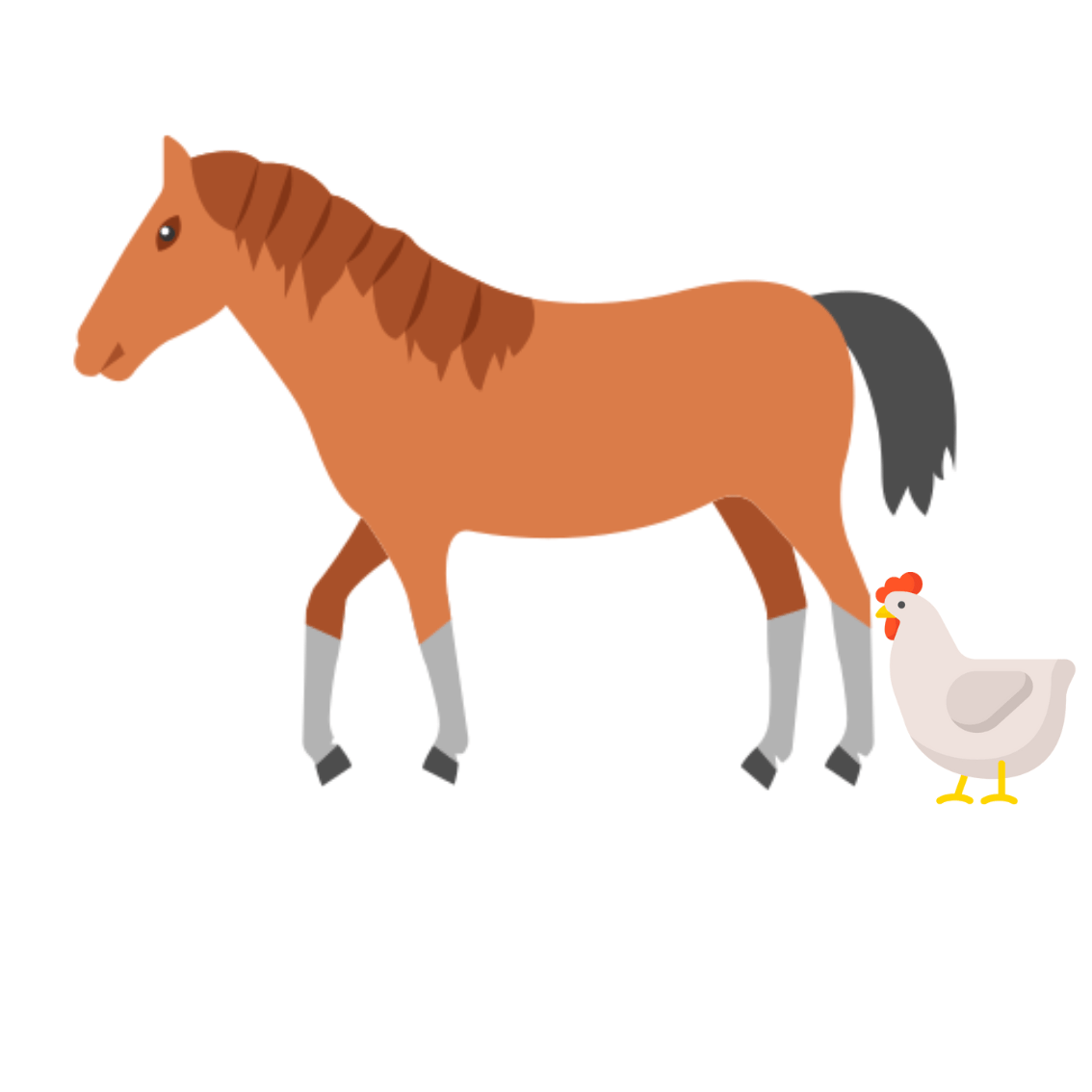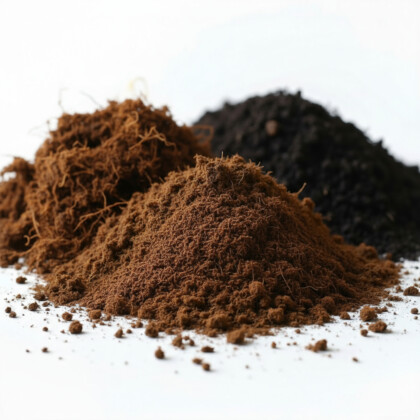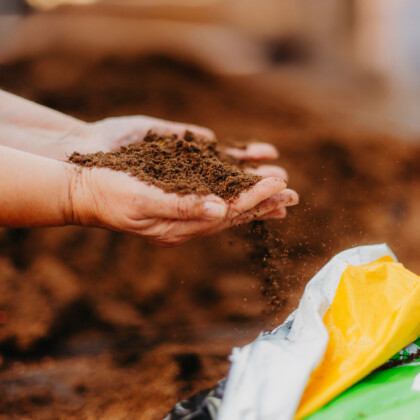

Peat moss users often notice mould forming on its surface—especially in storage. But is this something to worry about? This article explores why mould appears in peat, whether it’s harmful, and how to manage it safely in horticultural or animal bedding use.
Mould in peat is a natural, harmless result of microbial activity under humid conditions. It’s not dangerous for plants or people in most cases and doesn’t indicate product spoilage. Still, proper storage and moisture control help keep your peat in optimal condition.
Why Does Mould Grow in Peat Moss?
Mould (or fungi) appears when organic matter meets moisture, limited air circulation, and mild temperatures — all of which can occur in peat bags during storage. These conditions are completely natural and especially common in bales wrapped in plastic film.
Peat naturally contains beneficial microflora like Penicillium and Trichoderma. These organisms are part of a healthy substrate ecosystem and often form white, yellowish, or greenish patches on the surface. This “biofilm” is not harmful but rather a sign of microbial activity in an organic product.
Is Mould in Peat Harmful?
In most cases, no—it’s not harmful to plants or humans.
![]() In horticulture, mould is not an indicator of contamination or spoilage. In fact, Some may explain that many common fungi in peat (like Trichoderma) improve soil life and help suppress plant pathogens.
In horticulture, mould is not an indicator of contamination or spoilage. In fact, Some may explain that many common fungi in peat (like Trichoderma) improve soil life and help suppress plant pathogens.
 In animal bedding, such as for poultry or horses, surface mould may look unpleasant but does not compromise absorbency or safety. However, it is advised avoiding use if the peat has an off-smell or appears slimy, as this could suggest anaerobic decay rather than surface mould.
In animal bedding, such as for poultry or horses, surface mould may look unpleasant but does not compromise absorbency or safety. However, it is advised avoiding use if the peat has an off-smell or appears slimy, as this could suggest anaerobic decay rather than surface mould.
How to Prevent Mould Growth in Stored Peat
While mould isn’t a major concern, it can be minimized with these best practices:
Store in a suitable place.
Store in a dry, well-ventilated space. Avoid humidity buildup during long-term storage.
Keep it sealed.
Keep packaging sealed until use to prevent moisture exchange.
Use timely.
Use batches promptly to avoid long-term microbial activity.
Fluff and mix.
Fluff and mix peat if clumps or mould appear before use—it’s still safe and usable.
📌 Tip: If using peat in animal bedding, check out our Animal Bedding page for expert advice on proper material handling or Peat Moss Bedding Composting.
📝Key Takeaways
👉 Mould forms when peat is exposed to high humidity and poor airflow.
👉 Most mould in peat is harmless and even beneficial for plant growth.
👉 Proper storage and dry conditions reduce mould development.
👉 Mouldy peat does not mean the product is spoiled or unsafe to use.


